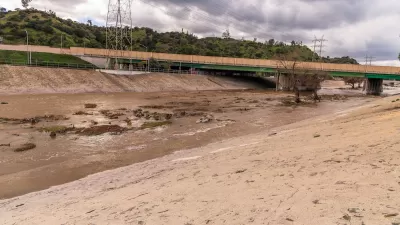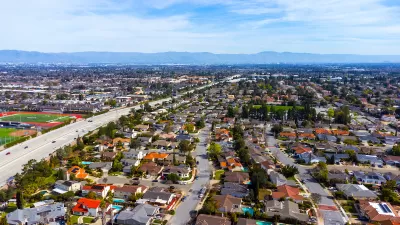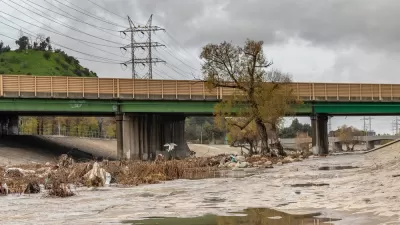The MS4 Permit was designed as a way to clean up urban stormwater runoff in Southern California. Many of the smaller cities in the region, however, are struggling to pay the bill to cover the permits costs.
Local governments and state representatives in Southern California are working "to figure out what they can do to help cities pay for a plan that could reach $20 billion over 20 years for the 88 cities in Los Angeles County," according to an article by Steve Scauzillo.
State senators Ed Hernandez, D-West Covina, and Bob Huff, R-San Dimas, recently joined "city managers, mayors, city attorneys as well as staff members from the Los Angeles Regional Water Quality Control Board" for a meeting to examine potential solutions to the funding problems cities have encountered as a result of the Municipal Separate Storm Sewer System Permit (MS4 Permit). Local governments "have voiced complaints that permits required to rid toxic chemicals and bacteria from storm water imposed staggering costs that could bankrupt smaller cities."
Scauzillo cites the example of Monrovia, which faces a price tag of $231 million for its stormwater permits. That works out to more than $1,300 per parcel in the city. Adds Scauzillo: "The cost for the small, foothill city of Bradbury is more than $60 million. Santa Clarita would pay $499 million. The city of Hawthorne would be forced to pay $193 million over 10 years."
Scauzillo includes some of the potential solutions for the problem discussed during the meeting, and more background on the environmental concerns the permit attempts to address.
FULL STORY: LA County cities have a $20 billion storm water cleanup bill but they want help

Study: Maui’s Plan to Convert Vacation Rentals to Long-Term Housing Could Cause Nearly $1 Billion Economic Loss
The plan would reduce visitor accommodation by 25,% resulting in 1,900 jobs lost.

North Texas Transit Leaders Tout Benefits of TOD for Growing Region
At a summit focused on transit-oriented development, policymakers discussed how North Texas’ expanded light rail system can serve as a tool for economic growth.

Using Old Oil and Gas Wells for Green Energy Storage
Penn State researchers have found that repurposing abandoned oil and gas wells for geothermal-assisted compressed-air energy storage can boost efficiency, reduce environmental risks, and support clean energy and job transitions.

Santa Barbara Could Build Housing on County Land
County supervisors moved forward a proposal to build workforce housing on two county-owned parcels.

San Mateo Formally Opposes Freeway Project
The city council will send a letter to Caltrans urging the agency to reconsider a plan to expand the 101 through the city of San Mateo.

A Bronx Community Fights to Have its Voice Heard
After organizing and giving input for decades, the community around the Kingsbridge Armory might actually see it redeveloped — and they want to continue to have a say in how it goes.
Urban Design for Planners 1: Software Tools
This six-course series explores essential urban design concepts using open source software and equips planners with the tools they need to participate fully in the urban design process.
Planning for Universal Design
Learn the tools for implementing Universal Design in planning regulations.
Ascent Environmental
Borough of Carlisle
Institute for Housing and Urban Development Studies (IHS)
City of Grandview
Harvard GSD Executive Education
Toledo-Lucas County Plan Commissions
Salt Lake City
NYU Wagner Graduate School of Public Service





























